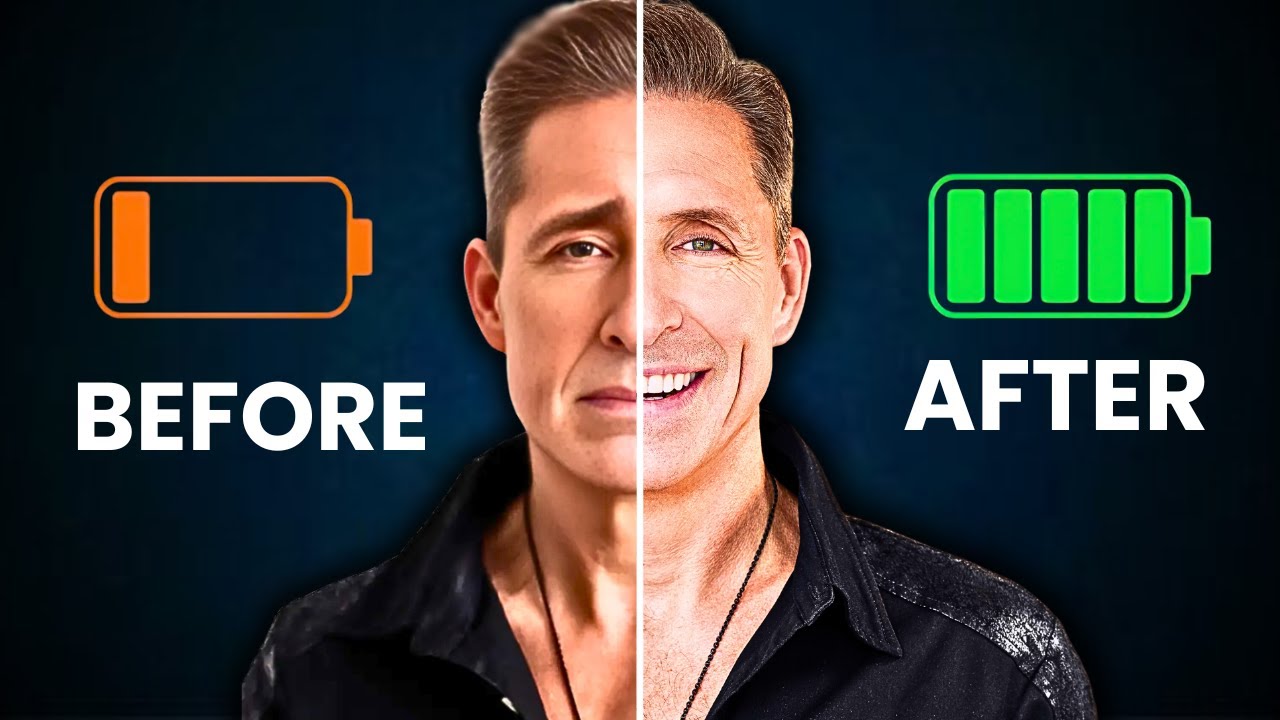
When I was 300 pounds I decided to go to the gym to lose weight. I worked out 6 days a week for 90 minutes a day. After weeks of spending hours in the gym, I still had a 46” waist. I eventually learned that getting results doesn’t mean working harder; it means working smarter. Now I only spend a total of 20 minutes per week working out and I’m 4.8% body fat. Maybe you’re like I was and you’re sick of wasting time on things that don’t work. What if I told you that you could get stronger and leaner in just 10 minutes than you would in a 45-minute workout with the right strategies?
Let me first give you some background so you understand how this works. Your body is afraid of gravity. If you pick up a dumbbell it’s going to wobble a little bit. When it wobbles, gravity makes it accelerate, and the little sensors, called proprioceptors, in your wrist, your elbow, and your shoulder will sense that gravity is there.
You can think of proprioceptors as a highly intelligent system of little nodes keeping track of your position and movement. Proprioceptors enable each part of your body to have an awareness of where it is in space.
Even though they take care of you, your proprioceptors also lie to you. They are going to tell you that you can’t pick up anything heavier. You could pick up something heavier, but they know that if it wobbles, the wobble will make it even heavier, and then you might get injured.
Now let’s get a little nerdy.
Studies on proprioceptors in large joints show that proprioception inhibits muscle activation under load. The key proprioceptors are Golgi tendon organs (Type III receptors) and Ruffini corpuscles (Type I receptors). They detect changes in joint position, pressure, and tension. [1,2]
Golgi tendon organs in ligaments are sensitive to tension and high levels of mechanical stress. When you are lifting heavy weights under normal gravity acceleration they trigger a reflex called autogenic inhibition. That is “non-gym-bro speak” meaning that your body reduces the strength of the contraction to protect the joint and surrounding tissues from damage. It is a reflex that automatically kicks in to prevent injury. It’s invisible to your conscious decision, just like a doctor hitting your knee with a hammer to test your reflexes.
If you look at the largest joints like your hips and knees, high mechanical strain makes mechanoreceptors tell your nervous system to inhibit muscle activity. It is just a protective feedback mechanism.[3]
When you boil all of that down, it just means that you get reduced muscle activation during loadbearing free-weight exercises, especially when your joints are under high stress.
From there, let’s leave biological sciences behind and turn to seventh grade physics where you may have learned that the acceleration of gravity is 9.8 m/s2. You might have noticed this effect when catching one of your gym bros who blew out their knee like I did after 18 months of lifting heavy, six days a week. This is the same reason that falling objects are heavier because force = mass x acceleration.
The solution? Remove the gravity.
If you remove the gravity, there is no acceleration, or at least the acceleration is different than that of gravity and does not follow the same exponential curve. You can remove the gravity portion by using resistance bands instead of free weights.
Proprioceptors generally don’t know how to process the kind of resistance you get with bands so they will allow a heavier load. Because there is no acceleration, you’re less likely to get hurt. And you can apply more force to the muscle which results in faster growth.
You can buy versions of resistance bands ranging from low-cost stand-alone bands to complete integrated home gym systems.
If you want to get even more sophisticated, you can upgrade to variable-resistance bands. These are made of layered materials that give you the right amount of resistance you need to lift heavy and to build muscle, whether you are training over a small range of motion or a large one. I interviewed Dr. John Jaquish, the inventor of x3 Variable Resistance bands, on my podcast. You can listen to part I here and part II here. These bands are designed to give you a lighter load in your weak ranges, normal heaviness in your mid-strength ranges, and a very high load in your strong range. By giving you the appropriate level of resistance throughout your range of motion, you create the perfect environment for building muscle. A bonus is that you can get results in just ten minutes a day.
If you love going to the gym and lifting, keep doing it. Just understand there are ways to put on muscle in less time and with lower risk. I’m all about taking risks that I decide are worth it because that’s what freedom is. I’m also all about saving time so I can take other risks that are more fun than the 90-minutes-a-day in the gym I spent when I was 300 pounds.
References:
- Y?lmaz, O., Soylu, Y., Erkmen, N., Kaplan, T., & Batalik, L. (2024). Effects of proprioceptive training on sports performance: a systematic review. BMC sports science, medicine & rehabilitation, 16(1), 149. https://doi.org/10.1186/s13102-024-00936-z.
- Proprioception and Neuromuscular Control. (2019). Retrieved from https://musculoskeletalkey.com/proprioception-and-neuromuscular-control/
- Knierim, J. (2019). Spinal Reflexes and Descending Motor Pathways (Section 3, Chapter 2) Neuroscience Online: An Electronic Textbook for the Neurosciences | Department of Neurobiology and Anatomy – The University of Texas Medical School at Houston. Tmc.edu. https://nba.uth.tmc.edu/neuroscience/m/s3/chapter02.html










